France has so many towns, villages, cities and hamlets that have the wow factor. It is hard to narrow down, and the national ranking chooses the top-100. This list exposes the top-10 most charming towns in France, though I am happy to show my bias and say that these come from my opinions only. I have not been everywhere and some places were ‘not at their best’ when I visited them. I am also choosing two little towns near to where I live in the Beaujolais which almost never make these lists; and yet I think they merit to do so.
Civic awards, or ratings, play an important role in place building and identity building for many small villages. The flow on effect can be an increase in tourism, and investment and increased property prices. In many places, a town that is loved by outsiders can also help slow the dreaded ‘brain-drain’ or rural – urban migration that is everyone small-town mayors fear. The only drawbacks; are of course the cost to apply, and the necessary upkeep of the town to match what the title offers (so need parking, and cleanliness as a minimum, and in some cases becoming strict on building standards, and could stymie dynamic progressive development). Other countries have these as well, such as the Best Kept Village in the UK (awarding tidiness, appropriateness, and typicality). Here is a quick run-down of the awards on offer in France:
France has an annual competition to choose the 100 most beautiful villages in the country. It is taken seriously and involves a four stage selection process. It should be noted that only 20% of villages are accepted, and it does have an entry fee. The selection is done via a committee of specialists and the listing has great notoriety for the villages that are concerned. It could be like a restaurant winning a Michelin Star – you suddenly join a club of top villages.


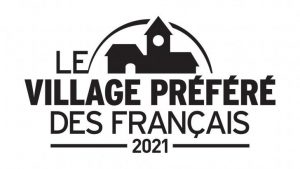
Secondly, there is a competition “Village préféré des Français 2021” where a nationally renowned historian animates a TV show based on 14 villages and then the public chooses 1, via a text message vote that costs 80 cents. The 2020 winner, Hunspach, a village of 650 inhabitants was somewhat overwhelmed with tourists following this show.
France also has the category flowery village of France and each village has a ranking as they enter: you might see one, two, three or four red flowers as you enter the commune. Without further ado, here are my chooses of The 10 most charming villages in France.
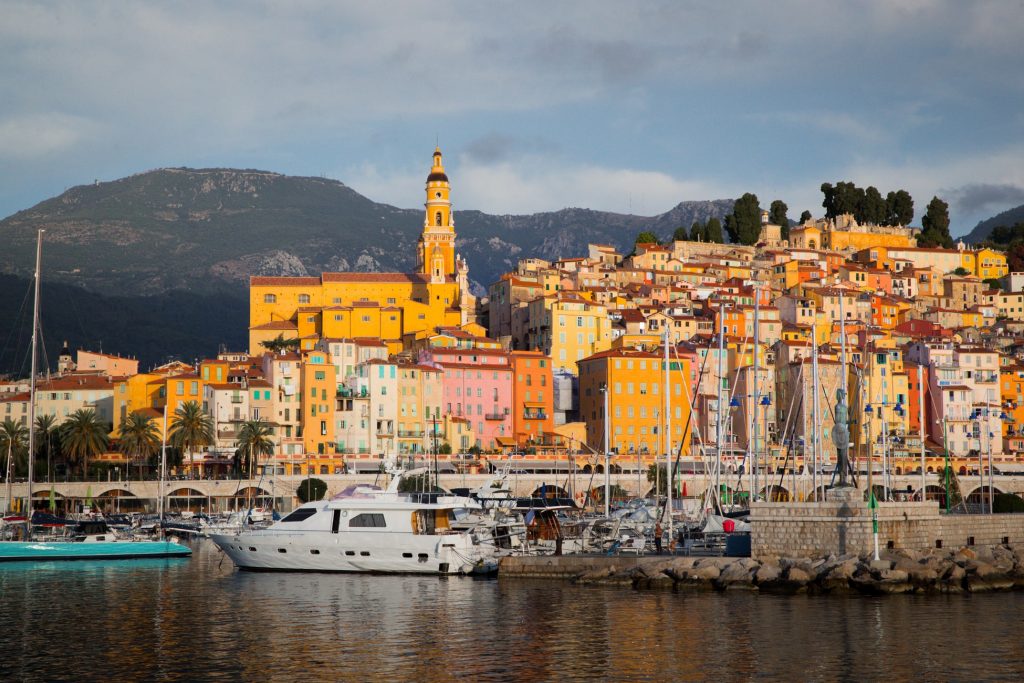
Menton is chosen because it stands out amongst the natural stone and slate of the the other 35000 villages in France. Menton is a gloriously pretty seaside town yet it is lesser known than its Riviera neighbors of the Antibes, St Jean Cap Ferrat or Cannes style, it is actually a bit of a well-kept secret for American travelers in fact. It has a superb climate, and the most wonderful bright pastel colors (pinks, yellows, orange, light green etc) that you know you are somewhere special. The lemon festival is to celebrate the fruit that grows so well here in the micro-climate.
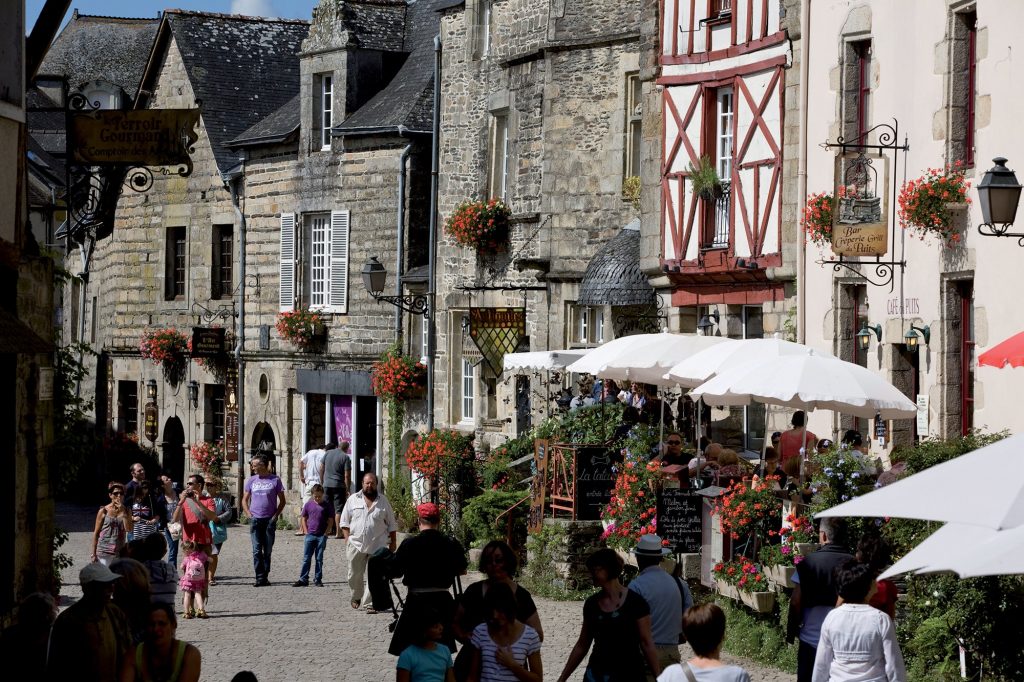
This is one of the more typical ‘top-rated’ towns on the list. I have been here in high summer and it was a little overrun by crowds, all trying to get their caramel and sweet-tooth fix. I can see the appeal however and love how the history of painters is interwoven with the river, and the built heritage of the town (famous flower boxes). If it had a couple hundred fewer visitors per day, and less post-card shops it would be perfect. Halfway between the Gulf of Morbihan and Merlin’s Forêt de Brocéliande, it is a must-see medieval village.
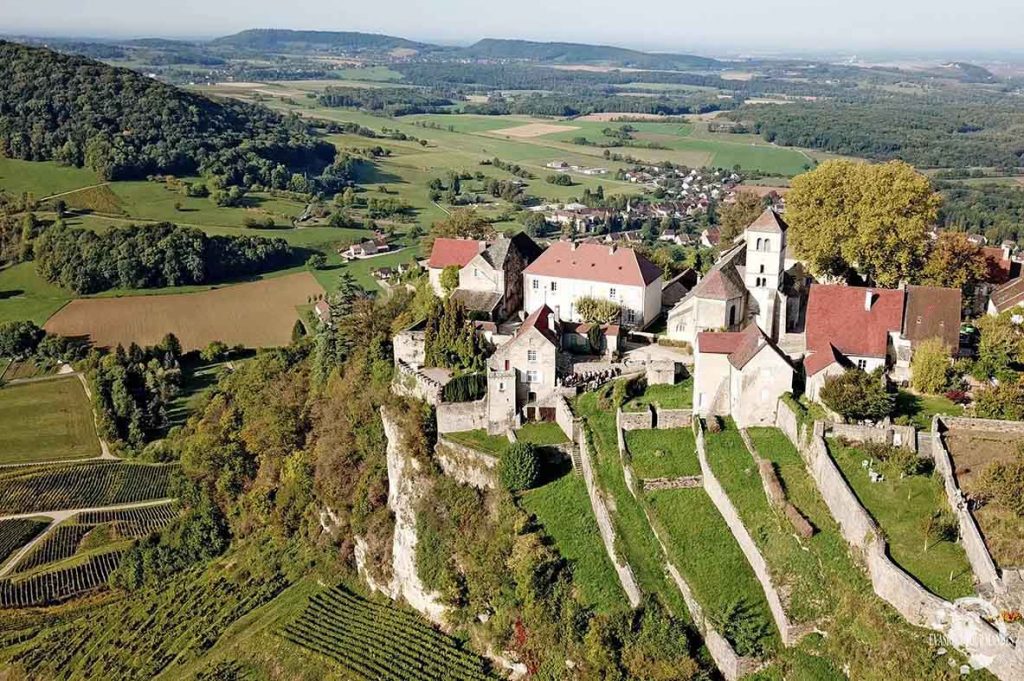
Overlooking vineyards, Château-Chalon grew up around a Benedictine abbey. The Romanesque church of Saint-Pierre and the ruined keep of a castle are highlights. The old cheese factory has tours explaining how unpasteurised cow’s milk cheese comté is made. The former school can be visited too.
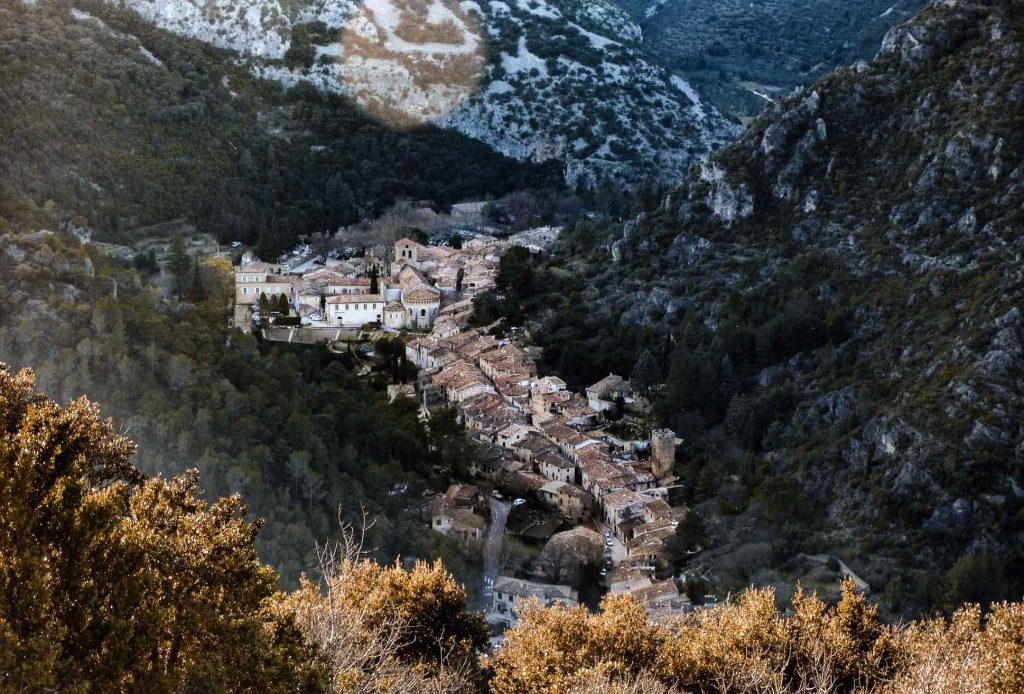
At the bottom of a gorge 20 miles north-west of Montpellier, tiny Saint-Guilhem has one of the finest examples of Romanesque architecture in the region – it’s Abbey. The present 11th-century building is a Unesco world heritage site and the main Place de la Liberté, with its 150-year-old platane tree is wonderful for lazy evenings on a cafe terraces.
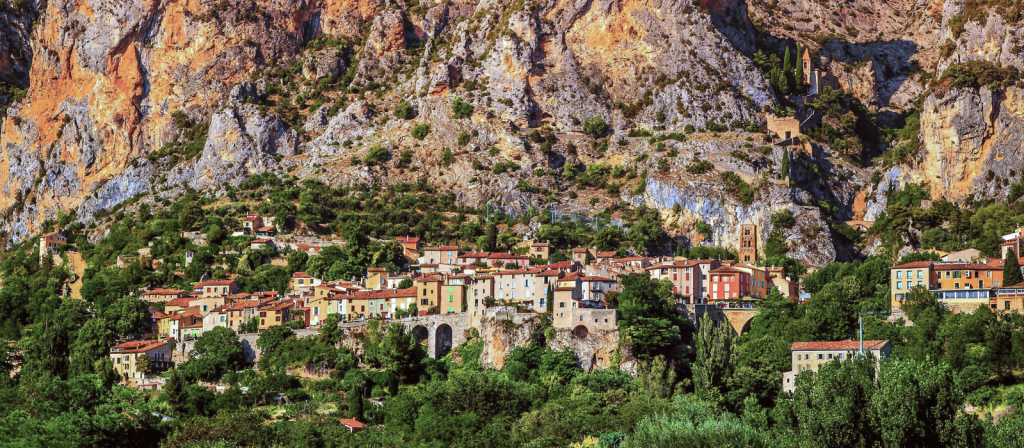
Stone bridges span the river, in a deep gorge below the narrow alleys of the historic centre. Highlights include the church, with its pre-Roman vault, 14th-century nave and square Lombard tower, and the chapel of Notre-Dame-de-Beauvoir, a blend of gothic and Romanesque architecture, reached by 262 steps. Moustiers is a lively place, with regular markets and lots of places to eat. There are walking trails in the gorges and around nearby Lac de Sainte-Croix.
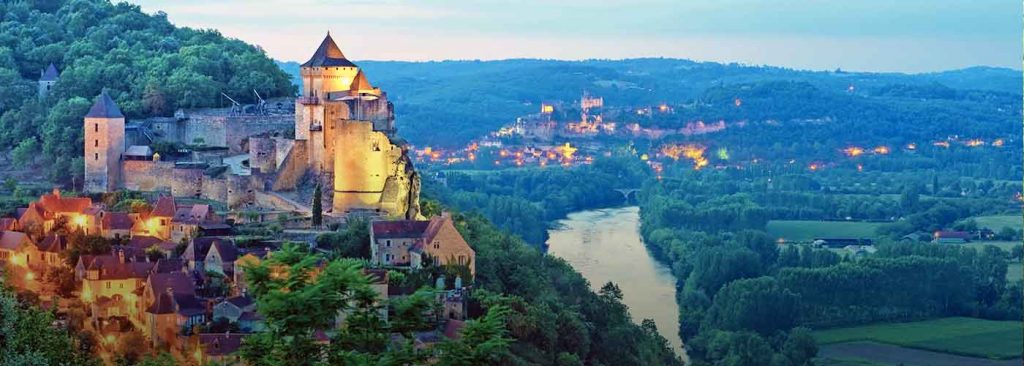
On a cliff high above the Dordogne, Domme has exceptional views over the surrounding countryside. One of the most beautiful bastides (fortified villages) in south-west France, it has a turbulent history. Ramparts, fortified gates and towers – which served as prisons, first for the Templars in the early 14th century, then for French and English soldiers during the hundred years war – still stand. It is quiet off season, but lively and full of family fun in Summer.
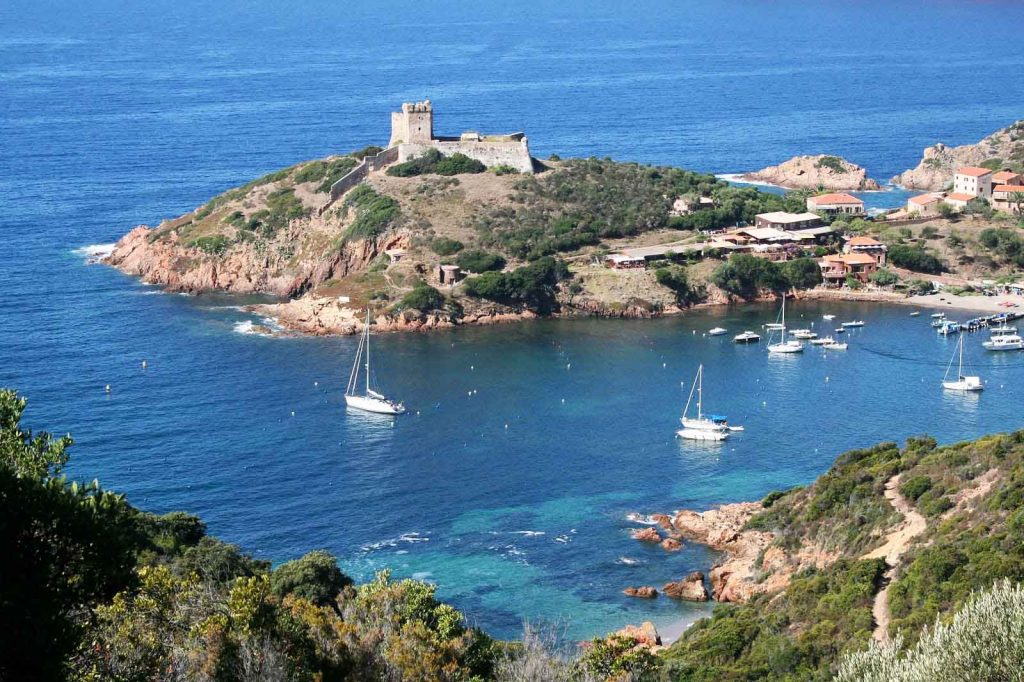
This is a remote coastal village with a small natural harbour. As there isn’t a good road to take to get here, it is incredibly well preserved, and has stayed very small. It’s best visited on a boat trip from Porto, Calvi or Cargese, or via the postman’s track that links with the main road. Despite being off the beaten track, there are some pleasant restaurants and hotels to stay in and plenty of walks to go on. A perfect and charming spot explore the UNESCO park, without being swamped by buses or new subdivisions, yet you might see the odd instagramer or two. It is on this list because it is just the most lovely location.
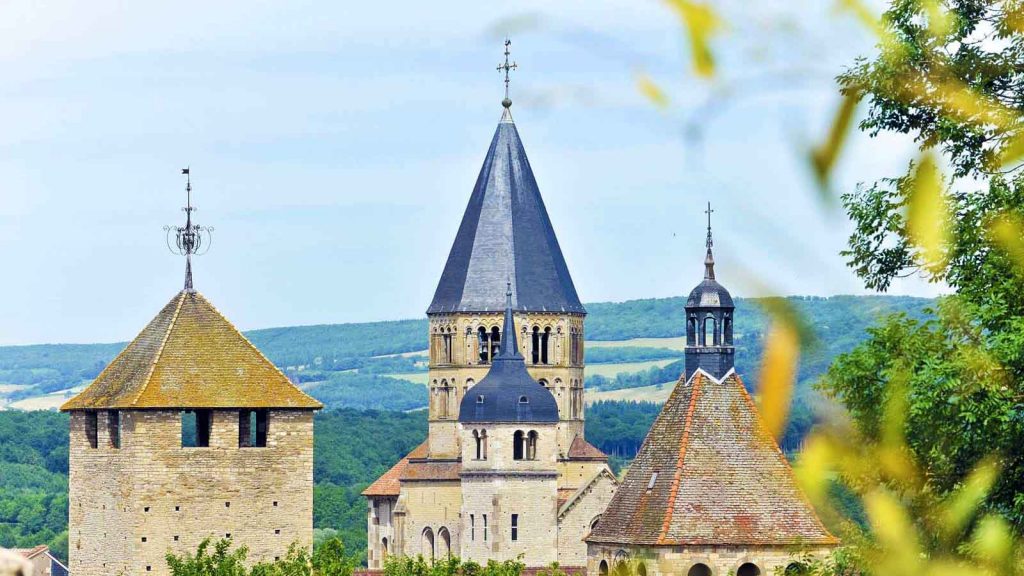
Cluny has a very interesting past, and surprisingly quirky present and is best during the long summer, or in late June. The remains of Cluny’s great abbey – Christendom’s largest church until the construction of St Peter’s Basilica in the Vatican – are fragmentary and scattered, barely discernible among the houses and green spaces of the modern-day town. But with a bit of imagination, it’s possible to picture how things looked in the 12th century, when Cluny’s Benedictine abbey, renowned for its wealth and power and answerable only to the pope. One strange element to this town are the numbers of students who spend the academic year here, studying engineering or similar at Arts et Métiers, dressed in harry-Potter-esque costumes (yet craftily tailor-made), as part of their daily attire. The charm of this town, is seeing these students hit the cobbles and do their thing, amongst ancient ruins and noble buildings. The world leading horse and equestrian centre (Haras) is the cherry on the top.

Theizé is a village with the quaintest building materials on offer – Golden Stones! I consider it the best example in the region known this type of stone work. The village oozes charm especially when you sit and watch passers by from the restaurant terrace, under the poplar trees. The helicopter flyby from the Tour de France highlights a perfect view of the town.
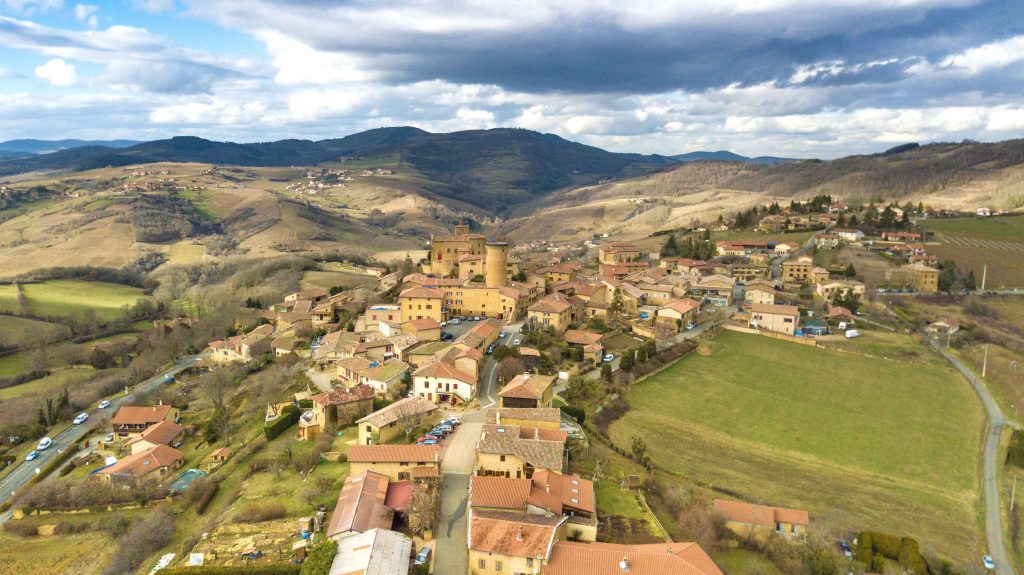
Just nearby to Theize, Bois D’Oingt (you can see it on the Tour de France video as well) is one of the main market towns in southern Beaujolais. It is on the list because (unlike the pretty- commuter towns around it) it is charming and functional and doesn’t aim for tourist bus visits at all. It is hidden off the main transport routes, so is not bothered by heavy traffic. The town has a beautiful market and large market square, and each side is full of fully occupied surprising shops. There are high-end clothing boutiques, jewelers, four cafes, a chocolate shop, cheese shop, two bakeries, and two butchers. These are all successful local businesses with queues of people heading in the door. The market Friday market (organic) and Tuesday markets bring the place alive. It is a place where conversations flow, and livelihoods prosper.
If you are taken by these 10 most charming villages in France, do not hesitate to travel with us and contact us for a tailor-made proposal.
For more post, when traveling through Europe, it is inevitable to come across some magnificent castles! There are so many that it is nearly impossible to list them all, but here is our listing of 10 castles you must see when you travel through Europe.








